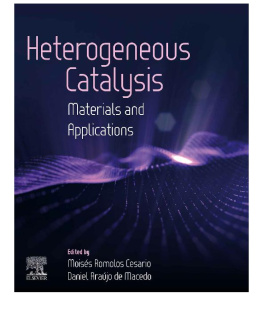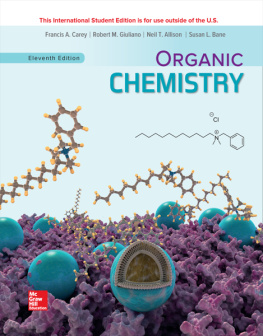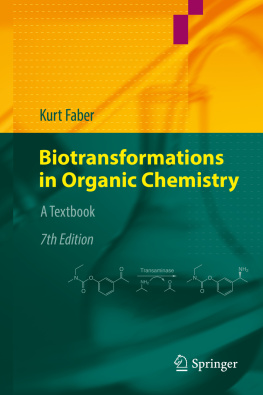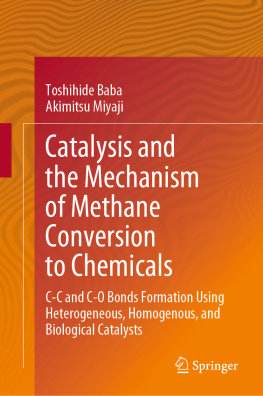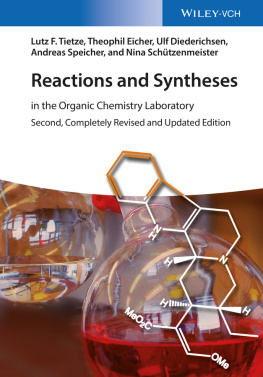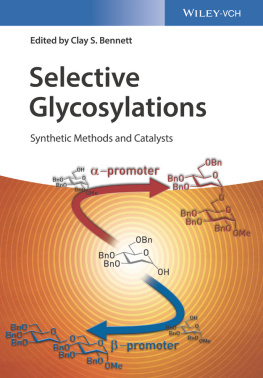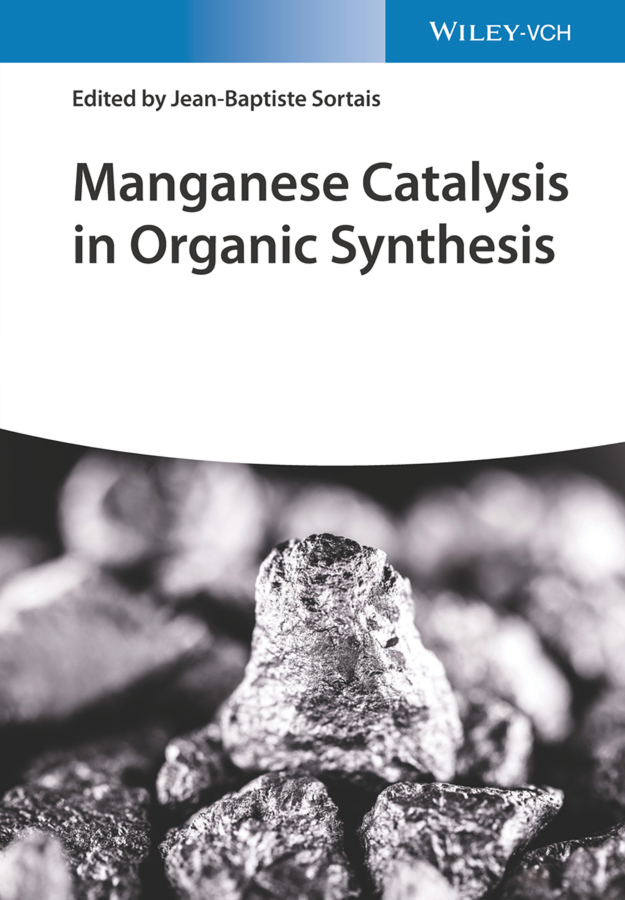Jean-Baptiste Sortais (editor) - Manganese Catalysis in Organic Synthesis
Here you can read online Jean-Baptiste Sortais (editor) - Manganese Catalysis in Organic Synthesis full text of the book (entire story) in english for free. Download pdf and epub, get meaning, cover and reviews about this ebook. year: 2021, publisher: Wiley-VCH, genre: Home and family. Description of the work, (preface) as well as reviews are available. Best literature library LitArk.com created for fans of good reading and offers a wide selection of genres:
Romance novel
Science fiction
Adventure
Detective
Science
History
Home and family
Prose
Art
Politics
Computer
Non-fiction
Religion
Business
Children
Humor
Choose a favorite category and find really read worthwhile books. Enjoy immersion in the world of imagination, feel the emotions of the characters or learn something new for yourself, make an fascinating discovery.

- Book:Manganese Catalysis in Organic Synthesis
- Author:
- Publisher:Wiley-VCH
- Genre:
- Year:2021
- Rating:4 / 5
- Favourites:Add to favourites
- Your mark:
Manganese Catalysis in Organic Synthesis: summary, description and annotation
We offer to read an annotation, description, summary or preface (depends on what the author of the book "Manganese Catalysis in Organic Synthesis" wrote himself). If you haven't found the necessary information about the book — write in the comments, we will try to find it.
A must-read reference for anyone interested in catalyst design and sustainable organic synthesis
In Manganese Catalysis in Organic Synthesis, distinguished researcher Jean-Baptiste Sortais delivers an insightful and robust overview of the use of manganese in homogenous catalysis. The editor includes papers from authoritative academics describing the organometallic precursors used to develop manganese catalysts and covers critical applications in organic synthesis, including reduction to oxidation reactions, C-C, C-N, C-X bond formation reactions, cross-coupling reactions, C-H bond activation to dihydroxylation and epoxidation reactions.
Manganese Catalysis in Organic Synthesis is a practical resource for every organic chemist in academia and industry with an interest in non-noble metal catalysis, organic synthesis, and sustainable chemistry. It is intuitively and clearly organized, covering the most important synthetic procedures using homogenous manganese catalysts. It is also the ideal companion to works like Cobalt Catalysis in Organic Synthesis, Nickel Catalysis in Organic Synthesis, and Iron Complexes in Catalysis.
Readers will also enjoy:
- Thorough introductions to organometallic manganese compounds in organic synthesis and manganese-catalyzed hydrogenation and hydrogen transfer reactions
- A comprehensive exploration of manganese-catalyzed hydrogen borrowing reactions and dehydrogenative coupling reactions
- Practical discussions of manganese-catalyzed hydrosilylation and hydroboration reactions and manganese-catalyzed electro- and photocatalysis transformations
- In-depth examinations of manganese-catalyzed C-H oxygenation reactions and manganese-catalyzed organometallic C-H activation
- Insightful treatments of manganese-catalyzed cross-coupling processes and manganese(III) acetate mediated cyclizations
Perfect for catalytic, organic, and pharmaceutical chemists, Manganese Catalysis in Organic Synthesis deserves a place in the libraries of researchers and professionals interested in catalyst design and sustainable organic synthesis.
Jean-Baptiste Sortais (editor): author's other books
Who wrote Manganese Catalysis in Organic Synthesis? Find out the surname, the name of the author of the book and a list of all author's works by series.

